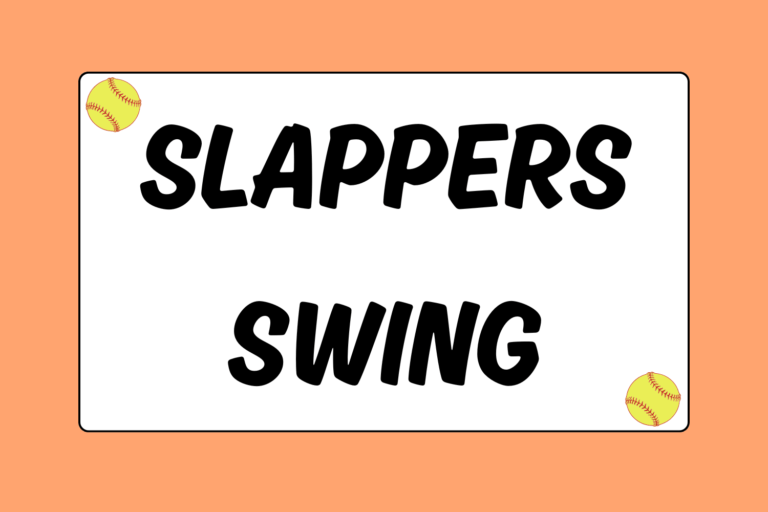There are a number of reasons why a softball player would want to strengthen her arm. Pitchers may want to gain some extra velocity behind their pitches. Outfielders may want a little more power behind their throws. And even in the box, hitters might need some extra bat speed. Whatever your reason, you can gain from this guide! Described below are simple and effective dumbbell exercises that will help you take your game to the next level.
Hot Tip: Be Smart!
The weight you should start with will depend entirely upon you. If you have never done any type of lifting program, you may want to start with light weights (three-pound or five-pound dumbbells), and gradually progress to heavier weights. Also, if the exercise calls for two weights, use the same weight.
Shoulder Raises
This exercise works the trapezius muscles (shoulders). You will need two dumbbells:
- Stand straight with your feet set a little wider than shoulder-width apart and keep your knees slightly bent. Rest your arms along the sides of your body.
- Bend your elbows and raise them to your sides until they are at about shoulder-height. Then continue raising your forearms so your hands are at about ear-level. Each arm should form a 90-degree angle. Your upper arms should be parallel to the ground, and your forearms should be perpendicular to the ground. This is the starting position.
- Engage your traps and raise your hands overhead until each arm is fully extended upward. At the top of the motion, your dumbbells should almost be touching.
- Hold for 3-5 seconds before returning to your starting position. This is one repetition. Complete two sets of 10 repetitions.
Remember, your arms move together in a slow, controlled motion. If the weight is too light, wait until your first set is finished before grabbing heavier dumbbells.
Hot Tip: Engage & Isolate!
When engaging the muscles in your shoulders, focus on using only those muscles to complete your workout. This will help you target, strengthen, and tone the right muscle groups.
Shoulder Rotations
This next exercise is similar to shoulder raises because it focuses on the same group of muscles. However, you may want to stay with a lighter weight:
- Stand straight with your feet set a little wider than shoulder-width apart and keep your knees slightly bent. Rest your arms at your sides.
- Now raise your arms straight out in front of you until they are at shoulder-height. Then bend your elbows; this should bring them back until they are in line with your shoulders. Both of your arms should remain on the same plane as your shoulders. This is the starting position.
- Now engage the muscles surrounding each shoulder and rotate your shoulders until your forearms are perpendicular to the floor. Your arms should maintain their 90-degree angles and your elbows should remain at shoulder-height.
- Hold for 3-5 seconds, and then rotate your arms back down to their starting positions. This is one repetition. Repeat two sets of 10 repetitions.
Rotate your arms in controlled movements. Also, make sure you are using the muscles around your shoulders to lift your arms — don’t just lift your hands!
Shoulder Shrugs
Shoulder shrugs are great because they completely isolate your traps. For this exercises, grab two dumbbells:
- Stand straight with your feet set a little wider than shoulder-width apart and keep your knees slightly bent.
- Let your arms relax down the sides of your body. This is your starting position.
- Shrug your shoulders up toward the ceiling.
- Pause for 3-5 seconds, and then release. This is one repetition. Complete two sets of 10 repetitions.
Shrugs might be easy, yes, but that doesn’t mean you should rush. As with all of these exercises, take your time and shrug in slow, controlled motions.
Triceps Lifts
This next exercise also isolates your triceps. You will only need one dumbbell and a bench:
- Hold the dumbbell in your left hand and stand to the left of a bench (the bench should be to your right). Bend your right knee and rest your knee, lower leg, and the top of your foot on the bench (your leg will form a 90-degree angle with your foot pointing behind you). Support your upper body by resting your right hand on the left side of the bench, keeping it extended with a slight bend in the elbow. Your back should be flat and your head should be up.
- Allow your left arm to relax alongside the bench. Now stabilize your arm; this is the starting position.
- Bend your elbow and raise it until it’s flush with the side of your body. Keep your lower arm steady. Your upper arm will end up parallel to the ground and your lower arm will dangle perpendicular to the floor.
- Hold for 3-5 seconds, and the lower your arm back to its starting position. This is one repetition. Repeat two sets of 10 repetitions.
Triceps Kickbacks
This next exercise also isolates your triceps. You will want to opt for a lighter dumbbell for this one, and you will need a bench or chair.
- Hold the dumbbell in your left hand and stand to the left of a bench (the bench should be to your right). Bend your right knee and rest your knee, lower leg, and the top of your foot on the bench (your leg will form a 90-degree angle with your foot pointing behind you). Support your upper by resting your right hand on the left side of the bench, keeping it extended with a slight bend in the elbow. Your back should be flat and your head should be up.
- Bend your elbow and raise it until it’s flush with the side of your body. Your upper arm will be parallel to the ground and your lower arm will dangle perpendicular to the floor. This is the starting position.
- Now, extend your left arm completely behind you. At the top of your motion, the side of your pinky should be facing the ceiling.
- Hold for 3-5 seconds, then slowly release back to the starting position. This is one repetition. Repeat two sets of 10 repetitions.
Free Weight Fives
For a little variety, here is a circuit that consists of five individual exercises to be completed sequentially as one set. You will need one free weight (plate weights are the easiest to hold).
1. Raises
- Hold each side of the free weight with your thumbs pointing up. Rest your arms in front of your body. The weight should be centered in front of you. This is the starting position.
- Raise your arms until they are at shoulder-height. Keep your arms straight and make sure your thumbs are always pointing to the ceiling.
- At the top of the motion, hold for 3-5 seconds, and then lower your arms back to their starting positions. Repeat 10 times.
2. Pushes
- Next, bend your elbows and hold the weight in front of your chest, facing away from you.
- Push the weight straight out in front of you until your arms are fully extended. Your thumbs should still be pointing toward the ceiling and your arms should remain parallel to the floor.
- At full extension, hold for 3-5 seconds before bringing the weight back to your chest. Repeat 10 times.
3. Diagonal Pushes
- Start with the weight at your chest again.
- Push the weight diagonally upward until your arms are fully extended.
- At the top of your motion, your arms should be about 45 degrees away from your body. Hold for 3-5 seconds, and then bring the weight back to your chest. Repeat 10 times.
4. Push-ups
- Keeping your elbows bent, start with the weight at your chest, but face it toward the ceiling. Your palms should be facing the ceiling, too.
- Now push the weight straight up until your arms are fully extended.
- Hold for 3-5 seconds, and then return your arms to their starting positions. Repeat 10 times.
5. Race Cars
- Finally, hold the weight in front of your chest and extend your arms straight out in front of you. Your arms should be parallel to the ground and your hands should on either side of the weight.
- Keeping your arms extended, rotate your arms back and forth (as if you were turning a steering wheel). Rotate your right hand until your right hand is directly above your left hand. Then rotate your left hand until your left hand is directly above your right hand. This is one repetition.
- Repeat 10 times, rotating from side to side without stopping in the middle.
That entire sequence of five exercises is one set. Repeat the entire set three times.
You’ll See the Difference
With a commitment to your strength-training, you will see a difference on the field. Choosing 3-5 of these exercises, two or three times per week will pay off in no time!





